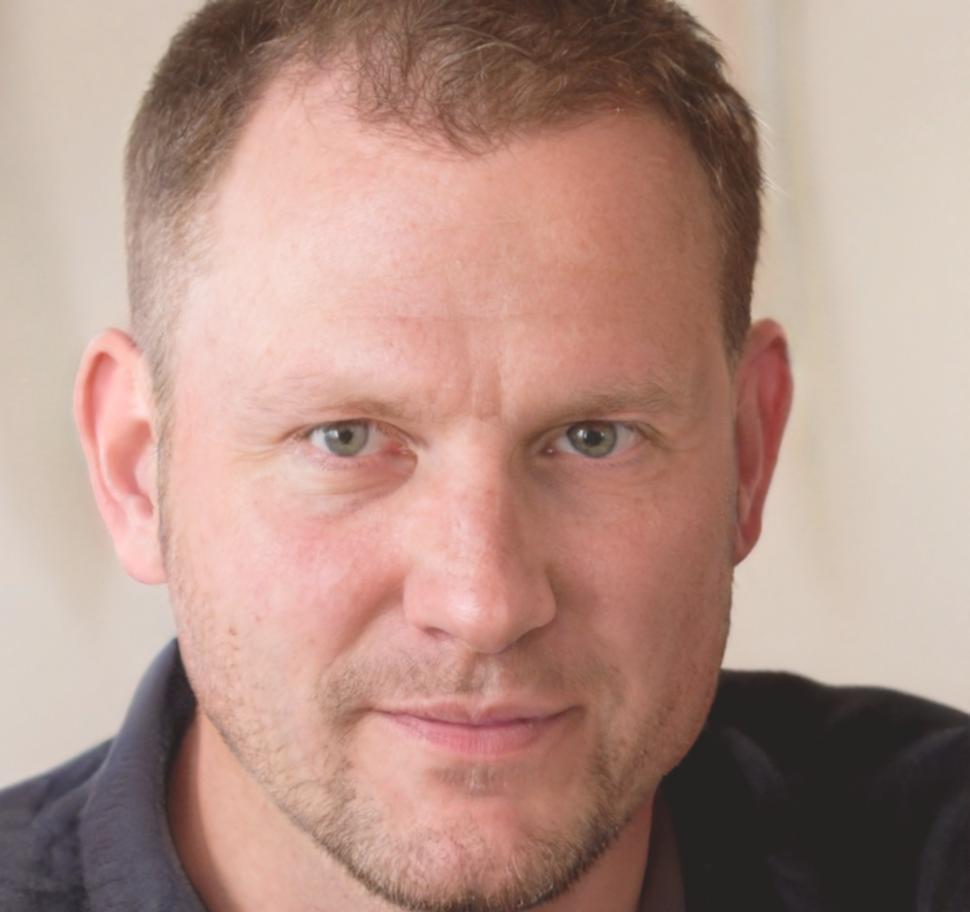Built on Real Business Experience
Back in 2019, we saw too many Australian small businesses struggle with cash flow forecasting. Not because they lacked ambition, but because traditional budgeting methods felt disconnected from daily operations. We started celarithoza to change that conversation.
How We Got Here
Finding the Gap
Started with workshops for regional businesses in northern NSW. What struck us was how many owners had elaborate business plans but couldn't connect them to quarterly spending decisions. We began developing materials that bridged that disconnect.
Testing Approaches
Ran pilot programmes with 47 businesses across retail, trades, and professional services. Each sector needed different frameworks, but the core principle stayed consistent—budgeting works when it reflects actual business rhythms, not accounting calendar conventions.
Refining Content
Rebuilt our entire curriculum based on participant feedback. The biggest change? We stopped teaching "budgeting systems" and started focusing on decision-making frameworks. Turns out, people don't struggle with spreadsheets—they struggle with choosing between competing priorities.
Building Community
Now working with business networks to create ongoing learning environments. Our autumn 2025 programmes will introduce peer review sessions where participants can test budget scenarios with others facing similar challenges. Learning sticks better when it's collaborative.

Our Teaching Framework
We don't believe in one-size-fits-all budget templates. Every business has different expense patterns, revenue cycles, and growth pressures. So we teach principles and let participants build systems that actually match their reality.
Context First
Before touching numbers, we map business operations. What drives costs? When do revenue spikes happen? Where do unexpected expenses typically emerge? This diagnostic phase prevents generic budgeting that ignores operational reality.
Scenario Building
We teach participants to create three-version budgets—conservative, expected, and optimistic. Not for prediction accuracy, but to understand how different assumptions create different constraints. Decision-making improves when you see the range of possibilities.
Review Rhythms
Monthly reviews kill budgets because they're either too frequent or not frequent enough, depending on business type. We help establish review schedules that match natural business cycles, making budget conversations timely rather than reactive.
People Behind the Programme

Callum Thornbury
Programme DirectorSpent twelve years helping manufacturing businesses recover from cash flow crises before realising prevention beats intervention. Now designs curriculum that addresses budget planning from an operational perspective rather than purely financial one. Still consults part-time, which keeps teaching grounded in current business challenges.

Esme Kavanagh
Learning Experience LeadCame from education design after watching too many training programmes fail because they didn't match how adults actually learn. Rebuilds content delivery methods to emphasise practice over theory, which means more case work and fewer slideshow presentations.

Programme Development
Content TeamOur wider team includes former business owners, accountants who left practice, and operations specialists who understand the non-financial side of budget constraints. This mix prevents curriculum from becoming too theoretical or disconnected from daily business pressures.
What Makes Our Approach Different
- We start with operations mapping before introducing budget structures, because numbers only make sense when connected to business activities that generate them.
- Participants work with their actual business data during sessions rather than hypothetical examples, which shortens the gap between learning and application.
- Our frameworks accommodate variable income patterns and seasonal fluctuations instead of assuming steady monthly revenue, which matters for most small businesses.
- We teach budget monitoring as decision support rather than variance reporting, shifting focus from "what went wrong" to "what do we do now" thinking.
- Follow-up support continues for six months after formal programmes end, because implementation challenges emerge weeks after initial enthusiasm fades.

Want to Know More About Our Programmes?
Our next comprehensive programme begins in September 2025. We're also running shorter workshop series throughout the year for specific topics like cash flow forecasting and capital expenditure planning. Get in touch to discuss which format might suit your needs.